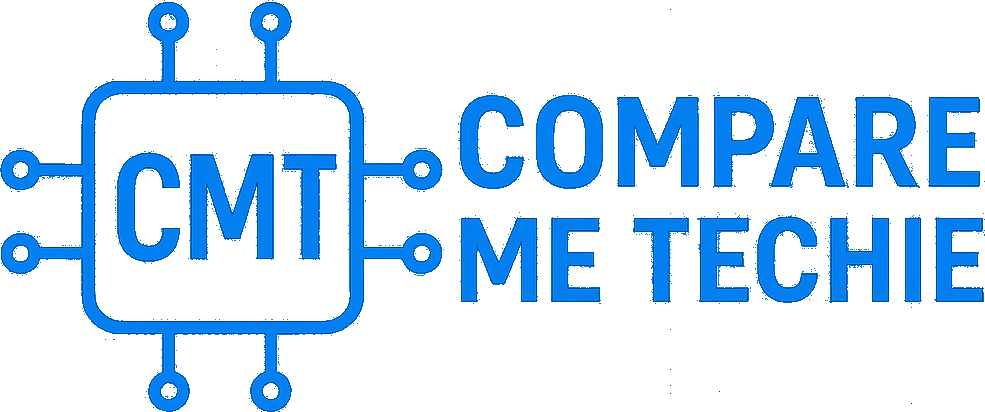AI Writing
AI Influencers vs Human Influencers: Reach, Trust, and ROI (2025)
Compare AI-generated influencers with human influencers in 2025 across authenticity, scalability, audience trust, costs, and ROI.
Trusted by Thousands
Both platforms serve millions of users worldwide
Powerful Features
Advanced capabilities and integrations
Flexible Pricing
Plans to fit every budget and business size
Features Comparison
| Feature | AI Influencers | Human Influencers |
|---|---|---|
| Authenticity | Perceived as less authentic; relies on digital storytelling | High authenticity and cultural relatability |
| Scalability | Can create unlimited content 24/7, multilingual, cross-platform | Limited by time, energy, and geography |
| Audience Trust | Skepticism remains; more trusted in niches like fashion/tech | Strong audience trust built over years |
| Costs | Lower long-term costs once developed; no travel or contracts needed | High fees, contracts, and management expenses |
| ROI Potential | Great for scalable campaigns and personalization | Best for brand credibility and loyalty |
Pros & Advantages
| Feature | AI Influencers | Human Influencers |
|---|---|---|
| Creates content endlessly at low cost | ✓ | ✗ |
| Available 24/7 across all platforms | ✓ | ✗ |
| Authentic human connection and emotions | ✗ | ✓ |
| Better trust and brand credibility | ✗ | ✓ |
Cons & Limitations
| Feature | AI Influencers | Human Influencers |
|---|---|---|
| Lacks emotional depth and relatability | ✓ | ✗ |
| Faces skepticism about authenticity and ethics | ✓ | ✗ |
| High costs for contracts and campaigns | ✗ | ✓ |
| Limited scalability due to human constraints | ✗ | ✓ |
The Bottom Line
AI influencers are digital characters powered by generative AI, capable of producing endless content at scale with low costs. Human influencers, on the other hand, bring authenticity, emotional connection, and cultural relevance. In 2025, brands are experimenting with hybrid campaigns — using AI influencers for scale and personalization while relying on human influencers for trust and credibility.
Community Feedback
Current Ratings
Loading ratings...
Rate This Comparison
Ready to Choose Your Tool?
Start your free trial today and see which platform works best for your needs.
